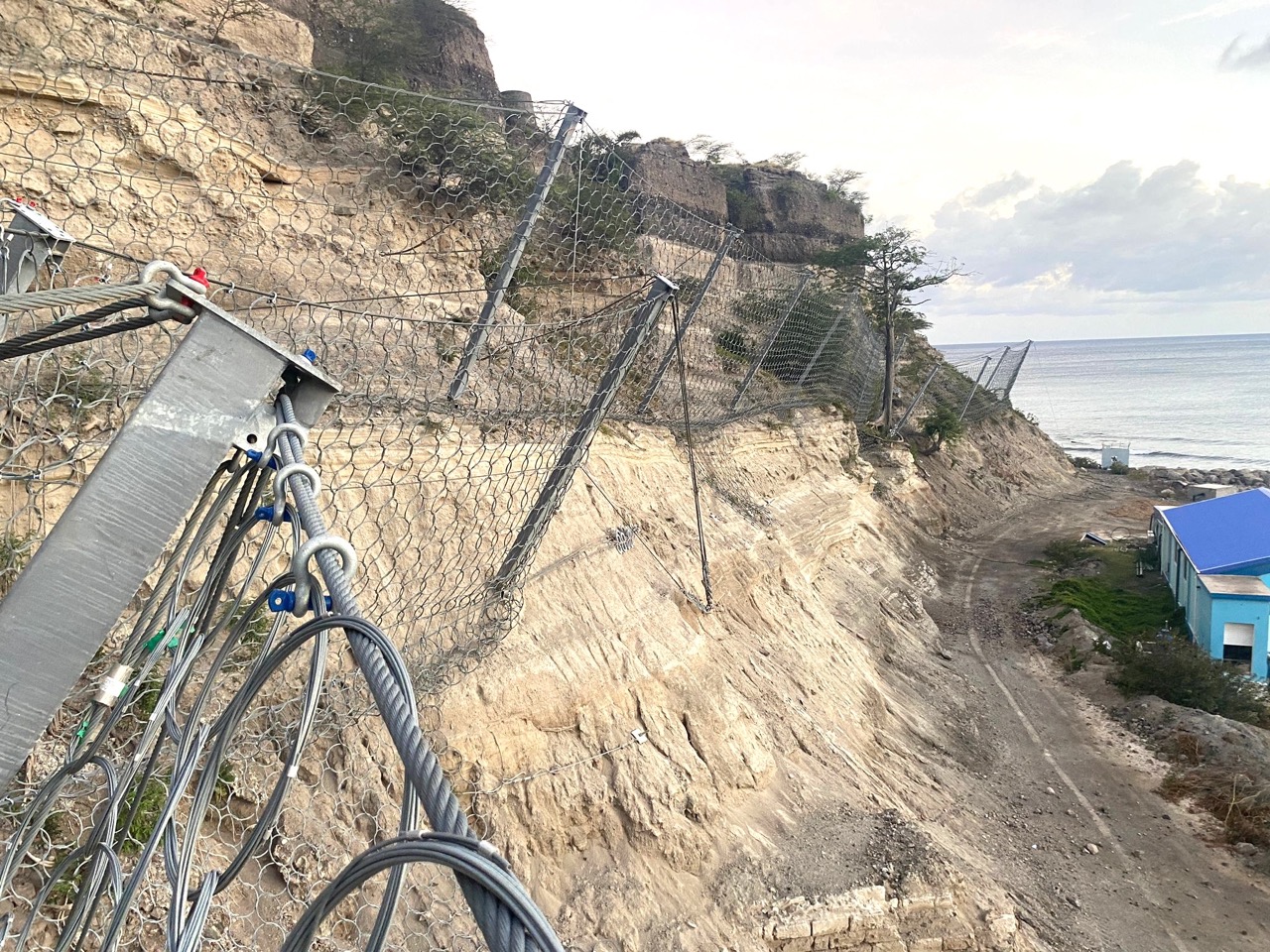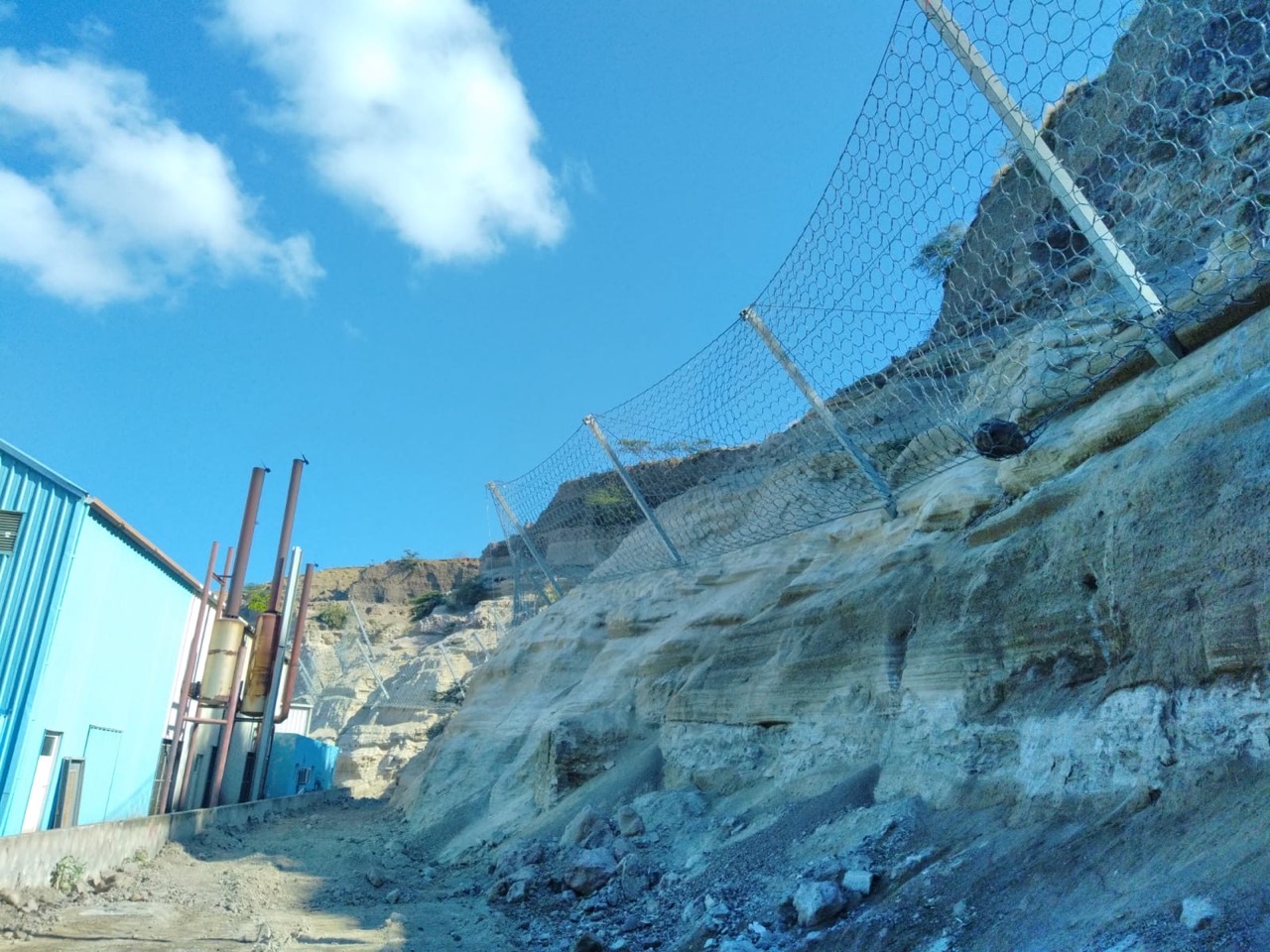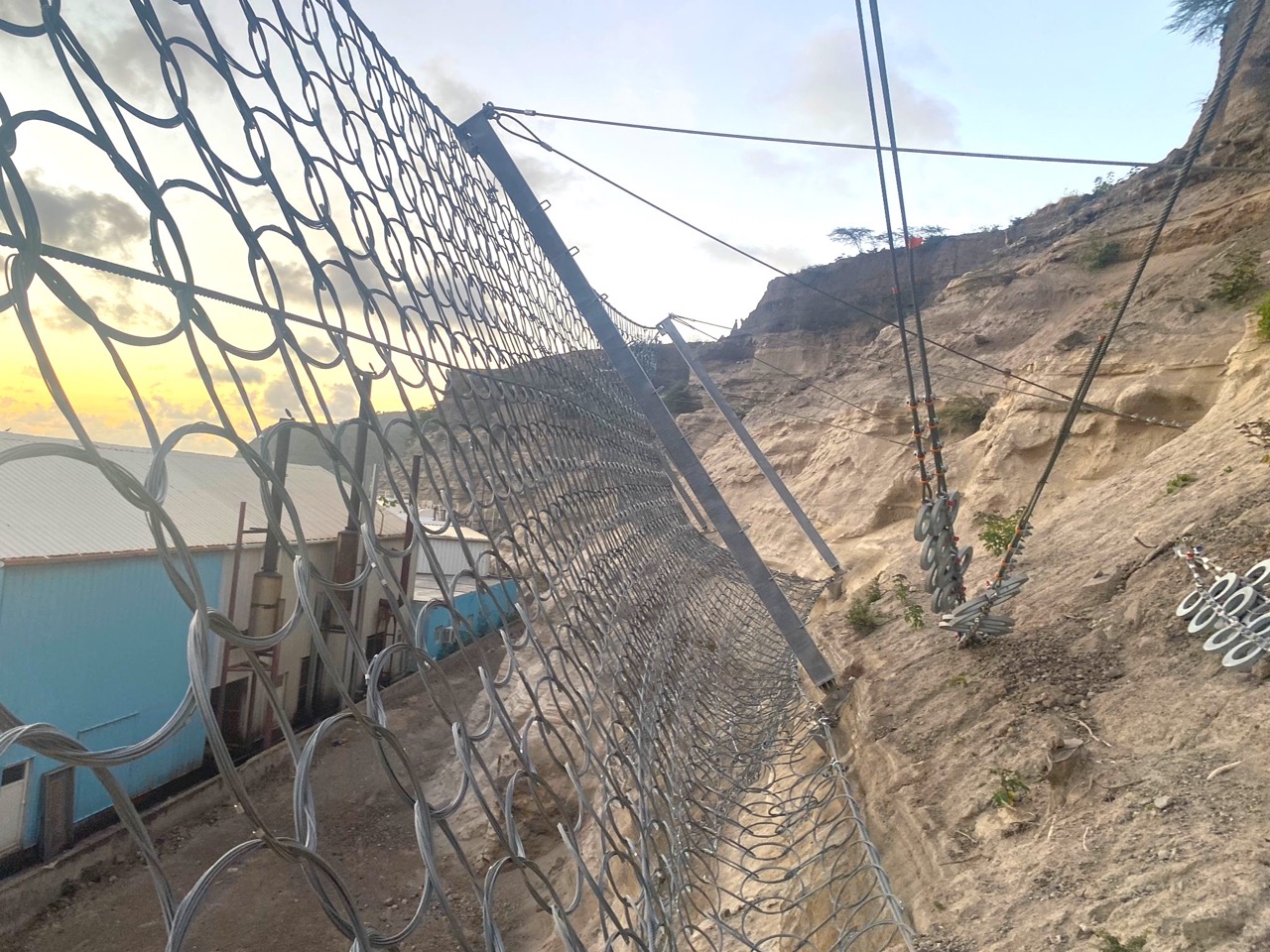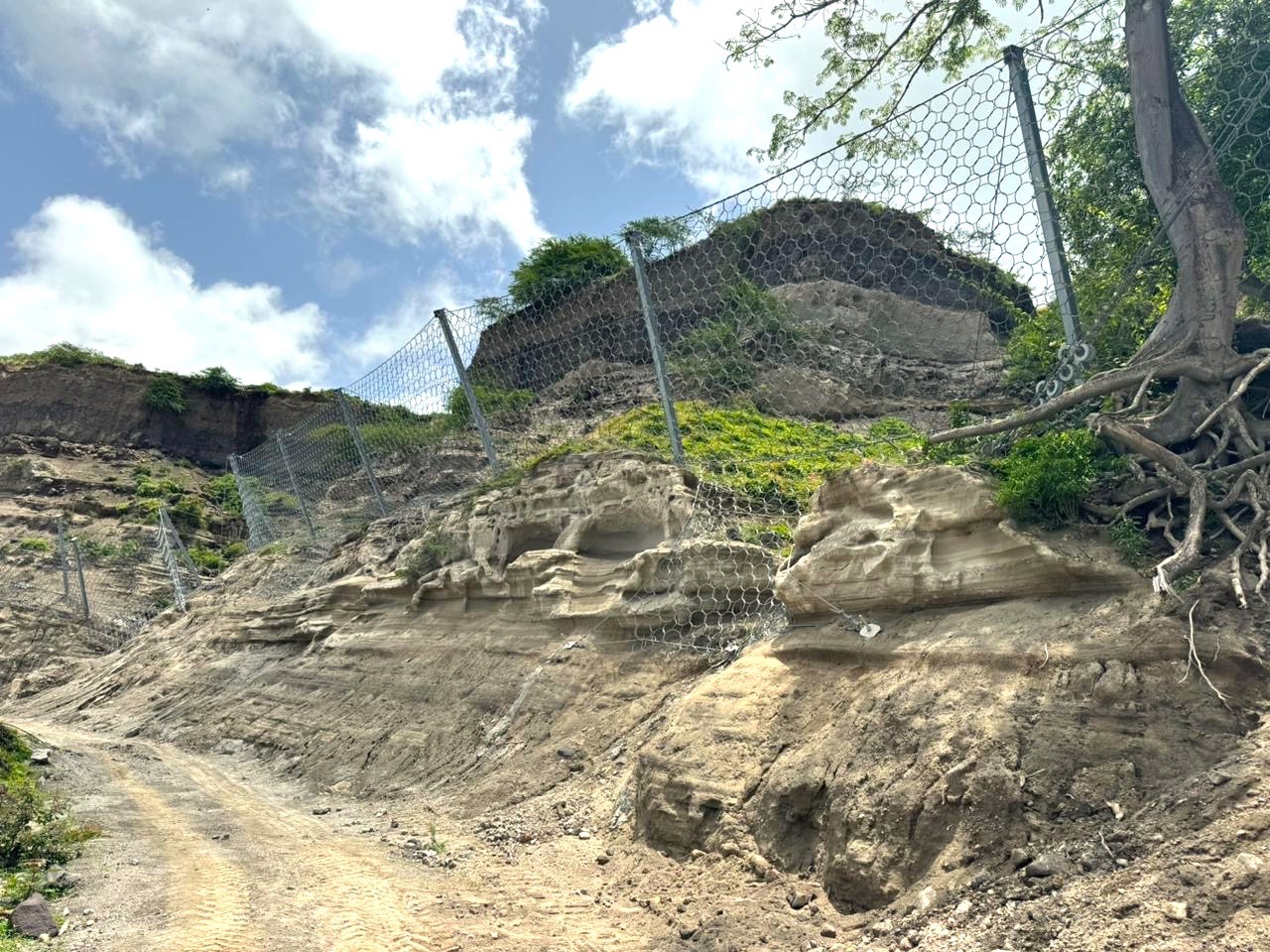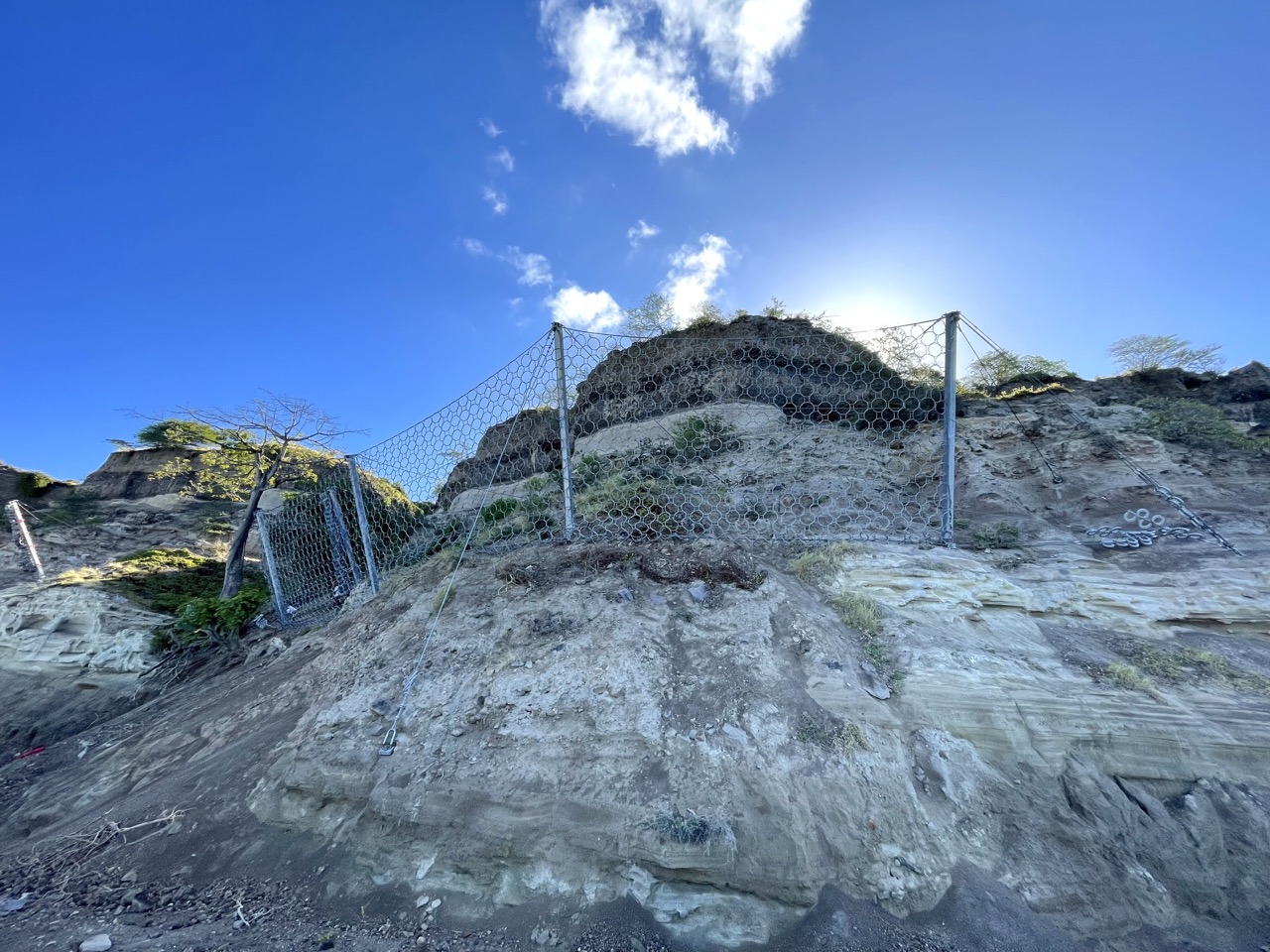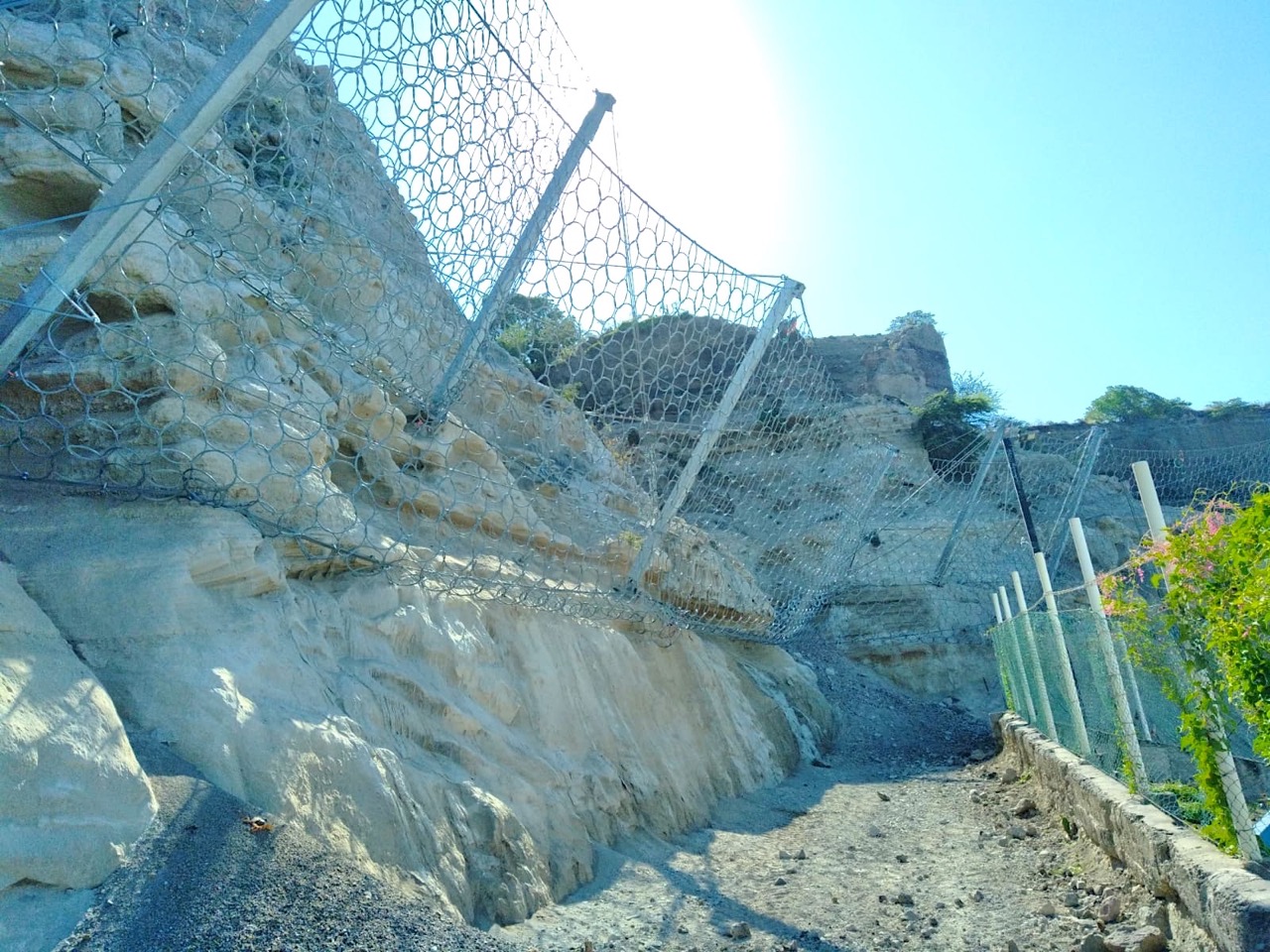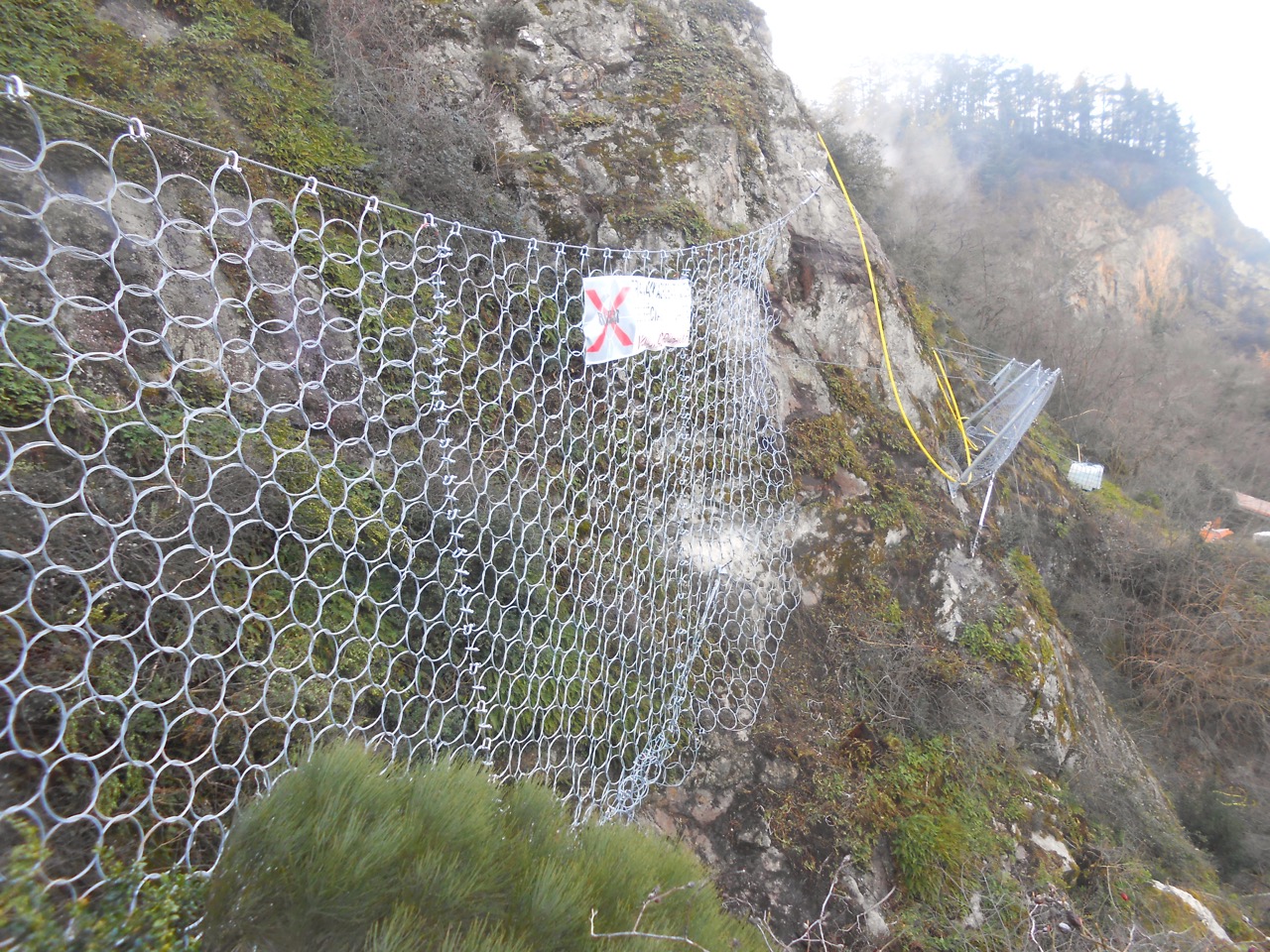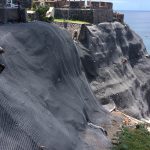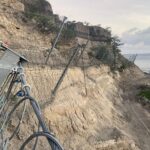
Rockfall barriers: combating instabilities
What is a Rockfall Barrier?
Rockfall barriers are a passive protection solution designed to contain falling rock blocks or unstable materials that detach from their original rock face. These systems are particularly effective when active solutions—which address the source of instability—are not feasible or when the risk is widespread over a large area.
Rockfall barriers are commonly installed along sensitive infrastructure such as roads, railways, and other at-risk zones to prevent accidents caused by rockfalls.
Standards and Design of Rockfall Barriers
In compliance with European standards (ETAG 027), the design of rockfall barriers relies on:
- Impact Force Calculation:
- Based on the Maximum Energy Level (MEL) of potential falling blocks.
- Trajectory and Interception Analysis:
- Ensures that the barrier can retain blocks under various configurations, accounting for height and energy during a fall.
These steps are critical to confirm that the installed protection is tailored to the site-specific risks and constraints.
Maintenance and Limitations of Rockfall Barriers
Rockfall barriers require regular and rigorous maintenance. Excessive accumulation of materials can compromise their efficiency, increasing the risk of failure.
Common Challenges with Rockfall Barriers:
- A “Default” Solution:
- Rockfall barriers are sometimes chosen by default, especially when in-depth geotechnical studies are not conducted.
- This approach can lead to “one-size-fits-all” solutions that fail to address the root causes of instabilities.
- High Long-Term Costs:
- While rockfall barriers may appear less costly initially, they require significant investment for installation, maintenance, and upkeep.
- The lack of active treatment at the source often necessitates additional interventions, resulting in higher overall costs.
Comparison with Active Solutions
When engineering firms prioritize rockfall barriers without conducting detailed on-site investigations—such as cliff analysis by rope-access technicians—the result can be a less effective and costlier solution in the long run.
In contrast, active treatments like anchoring systems or rock purging often provide:
- A more durable solution by addressing the root cause of instability.
- Reduced long-term maintenance requirements, ensuring sustained safety and performance.
Acrobat X’s Comprehensive Approach
At Acrobat X, we advocate for a customized and holistic approach, combining:
- Precise geotechnical studies to identify the true causes of instability.
- Tailored protection solutions that balance efficiency, durability, and cost-effectiveness.
Whether through active measures like anchoring and purging or passive systems such as rockfall barriers, our expert team ensures the most suitable and sustainable solutions for your project.
Contact us today for a thorough diagnosis and expert advice on the best protection options for your site.

